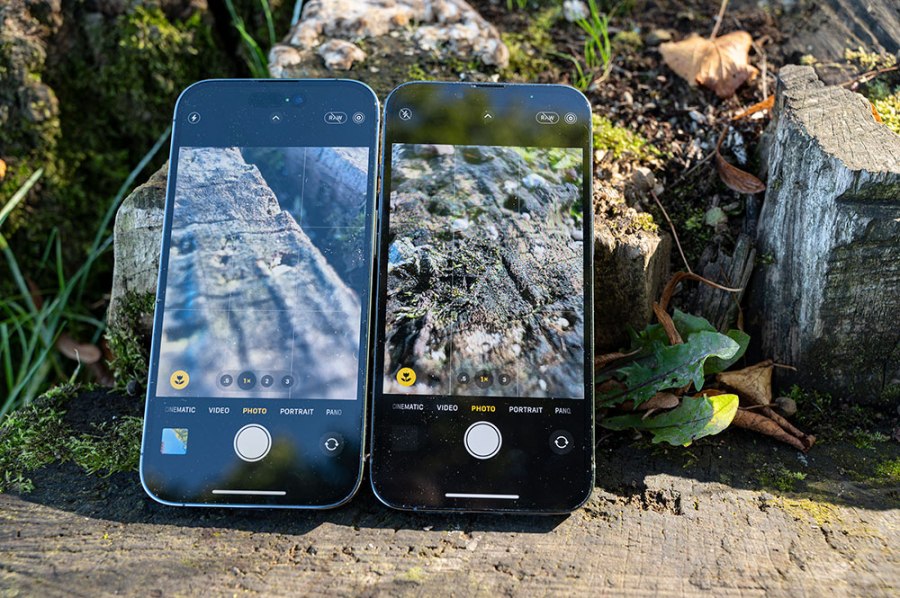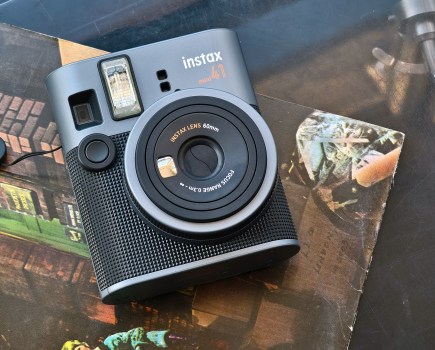iPhone 14 Pro vs iPhone 13 Pro: which is best for photographers, which is the best camera phone? Amy Davies puts the two head to head to find out which is best.
It’s no secret that iPhones are popular with photography enthusiasts. Websites that collate photo data periodically rank the most popular cameras by the number of photos taken on them. The world champion is nearly always an iPhone.
The camera systems get better with each new iteration of Apple’s new flagship range of phones upon release every September. Specialist settings such as Portrait Mode and Night Mode have also made iPhones more versatile than ever in different shooting conditions.
The iPhone 15 and 15 Pro models are about to be relegated to yesterday’s news by the launch of the new iPhone 16. For now, see our review of the 15 Pro and for how it compared with the iPhone 14 Pro when we tested them side by side.
We keep a regularly updated guide to the best camera phones. Two that currently rank high on the list are the iPhone 14 Pro and iPhone 13 Pro. The most recent 14 series made its debut in 2022, and the 13 series arrived in 2021. The older model is slightly cheaper, but the newer one came with some interesting upgrades that could give you more for your money.
Our iPhone 14 Pro review and our iPhone 13 Pro review provide in-depth detail on each. Here we highlight the salient differences between them, and where there is little. Here are the key criteria we’re using to compare the two.
Camera specifications
Reviews generally start with a look at the spec sheet to note the upgrades; what Apple claims the newer iPhone can do that the older one cannot.
Image quality
We’ve taken pictures of the same subjects with each phone, and examined in detail the images produced. The image quality has been assessed both for its overall look on the phone screen, and scrutinised to pixel level to really see what’s going on.
Low light
Apple introduced Night Mode in the iPhone 11 generation, and since then it has been a standard inclusion on every new release. We compare how the iPhone 13 Pro and 14 Pro perform in low light, and test to see if the iPhone 14 Pro produces significantly better night-time images.
Macro photography
These days it’s expected that flagship smartphones should offer a close-up mode for photographing tiny subjects at short distances. This is a fairly recent development; a dedicated macro mode actually first appeared in the iPhone 13 Pro. Has Apple kept it much the same on the iPhone 14 Pro, or are close-ups on the newer phone markedly better? We put this to the test.
Portraits
Portrait Mode has also become a standard feature of modern smartphones, and is used by Instagrammers everywhere. We see how the iPhone 13 Pro and iPhone 14 Pro compare for shallow depth-of-field images.
Video
Both phones offer similar video spec in terms of resolution, but the iPhone 14 Pro adds some interesting new modes into the mix. We review footage from the two phones side by side.
Screen and design
The designs of the two phones look pretty similar at a glance, but closer inspection reveals some differences.
Battery life and storage
Apple promises a little more battery life out of the iPhone 14 Pro than its predecessor. Does this materialise in the real world? We find out, and also look at the various storage configurations available for each phone.
Price
You’ll definitely pay less for a refurbished iPhone 13 than for a brand-new iPhone 14 Pro – but is the saving in money worth the forfeit of the newer features? We look at the current real-world prices of both.
For more phone comparisons, check out our guides to the iPhone 14 Pro vs Google Pixel 7 Pro, the iPhone 14 Pro vs OnePlus 11, and the iPhone 14 Pro vs Samsung S23 Ultra.
iPhone 14 Pro vs iPhone 13 Pro: camera specifications
At first glance, these two iPhones offer the same camera arrays. Both feature a triple-lens camera array on the back of the phone: each has a standard, an ultra-wide and a telephoto lens. While the setup looks the same there are, however, some differences in both the sensors and the lenses.

For the first time in an iPhone, the main camera for the 14 Pro moves to a 48 megapixel sensor. As standard, images are still output at 12 megapixels, thanks to the same ‘pixel binning‘ approach used by other manufacturers – whereby groups of pixels are combined into a single larger one.
This should make the iPhone 14 Pro’s main camera perform better for detail, and also work better in low light. Shoot in raw format and you can access the full 48 megapixels. By contrast, the iPhone 13 Pro’s main sensor has 12 megapixels.
The main lenses for the iPhone 14 Pro and the iPhone 13 Pro are both 24mm equivalent focal length. Interestingly, the 14 Pro’s has a slightly narrower f/1.78 aperture, compared with f/1.5 for its predecessor. This may sound regressive, but reports suggest that the sensor is higher in resolution and also physically bigger. The aperture size should not, therefore, affect low-light shooting adversely. Both phones use sensor-shift optical image stabilisation, but for the 14 Pro, the technology is in its second generation.
Both models have an ultra-wide lens offering a 13mm equivalent focal length. For some reason, the iPhone 14 Pro’s ultra-wide angle lens has an aperture of f/2.2, compared with the iPhone 13 Pro’s f/1.8. This could have an impact on low-light shooting, but other specifications, such as the “Photonic Engine” found in the newer model could compensate for this.
The telephoto lens for both models offers 3x magnification, or 72mm equivalent, and both have an f/2.8 aperture, so we expect these to be much the same. A new function in the iPhone 14 Pro is the ability to access a 2x “lens” directly within the native app – not a real lens, but rather an in-camera crop which makes use of the 48 megapixel lens.
Both models keep other specifications, such as macro photography (automatically activated when you bring the camera close to a subject), Night mode (also automatically activated, but this time when the phone detects low light), Portrait mode and Apple ProRAW, which creates DNG files. The native camera app appears to be the same on both the iPhone 14 Pro and iPhone 13 Pro.
The front-facing ‘selfie’ camera on both models is a “TrueDepth” 12 megapixel device, but the newer iPhone 14 Pro has an f/1.9 aperture (compared with f/2.2 on the iPhone 13 Pro) and boasts autofocus for the first time.
In summary then, the main differences between the cameras are, on paper, a new 48 megapixel sensor for the main camera, slight differences in maximum aperture for the main and wide-angle cameras, the addition of the Photonic Engine and a new “2x” zoom option.
In reality though, the differences are a little more subtle and harder to spot, as we’ll see in the examples below.
iPhone 14 Pro vs iPhone 13 Pro: image quality
Comparing images taken in good light reveals that there’s very little noticeable difference between the two models – until you start really scrutinising at pixel level. On the two phone screens, image quality certainly looks very similar. Click the images to view full-size sample photos.


For landscapes, travel, portraits and the like, there’s not a huge amount to differentiate between these two phone cameras.
It’s for highly detailed shots that you’d expect a real difference from the 48 megapixel sensor on the 14 Pro – remembering that you’ll need to shoot in raw in order to output at 48MP. The iPhone 14 Pro also has the advantage of the “2x” zoom option directly within the native camera app, which offers more flexibility.
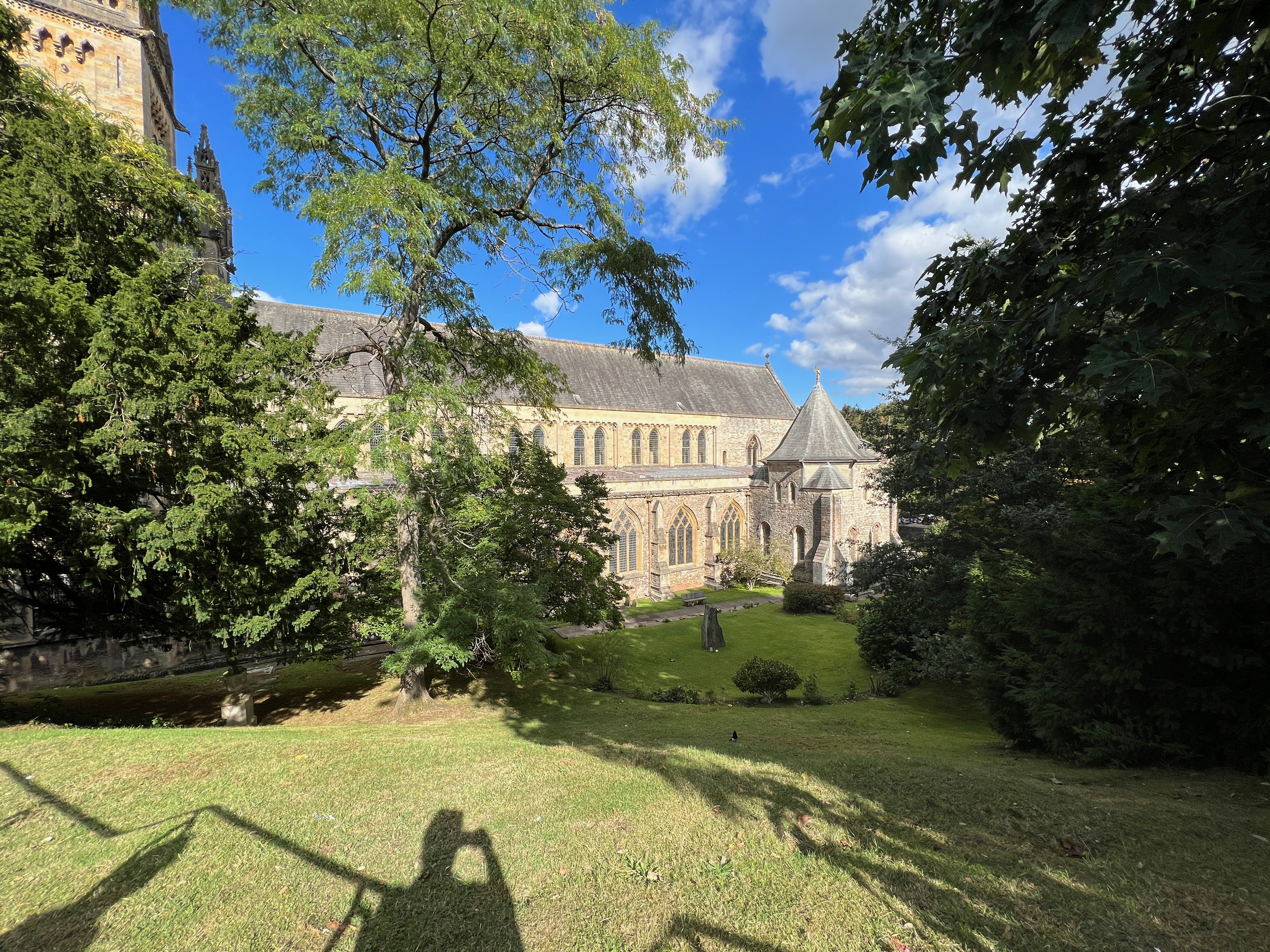
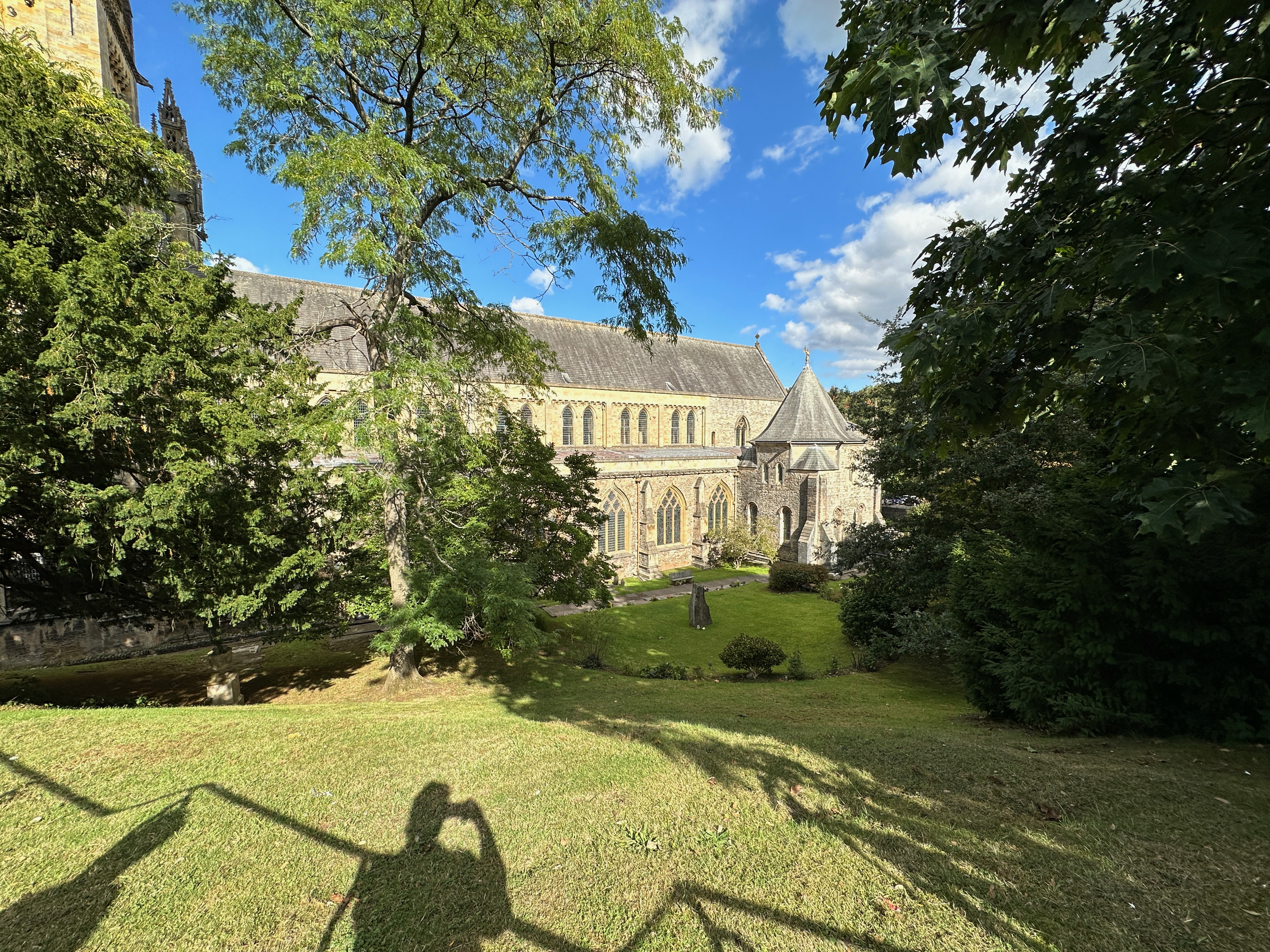
The ultra-wide lens has a slightly narrower aperture on the iPhone 14 Pro, but in ordinary daylight conditions this doesn’t seem to make much of a difference. Both manage to keep the image relatively distortion free too.

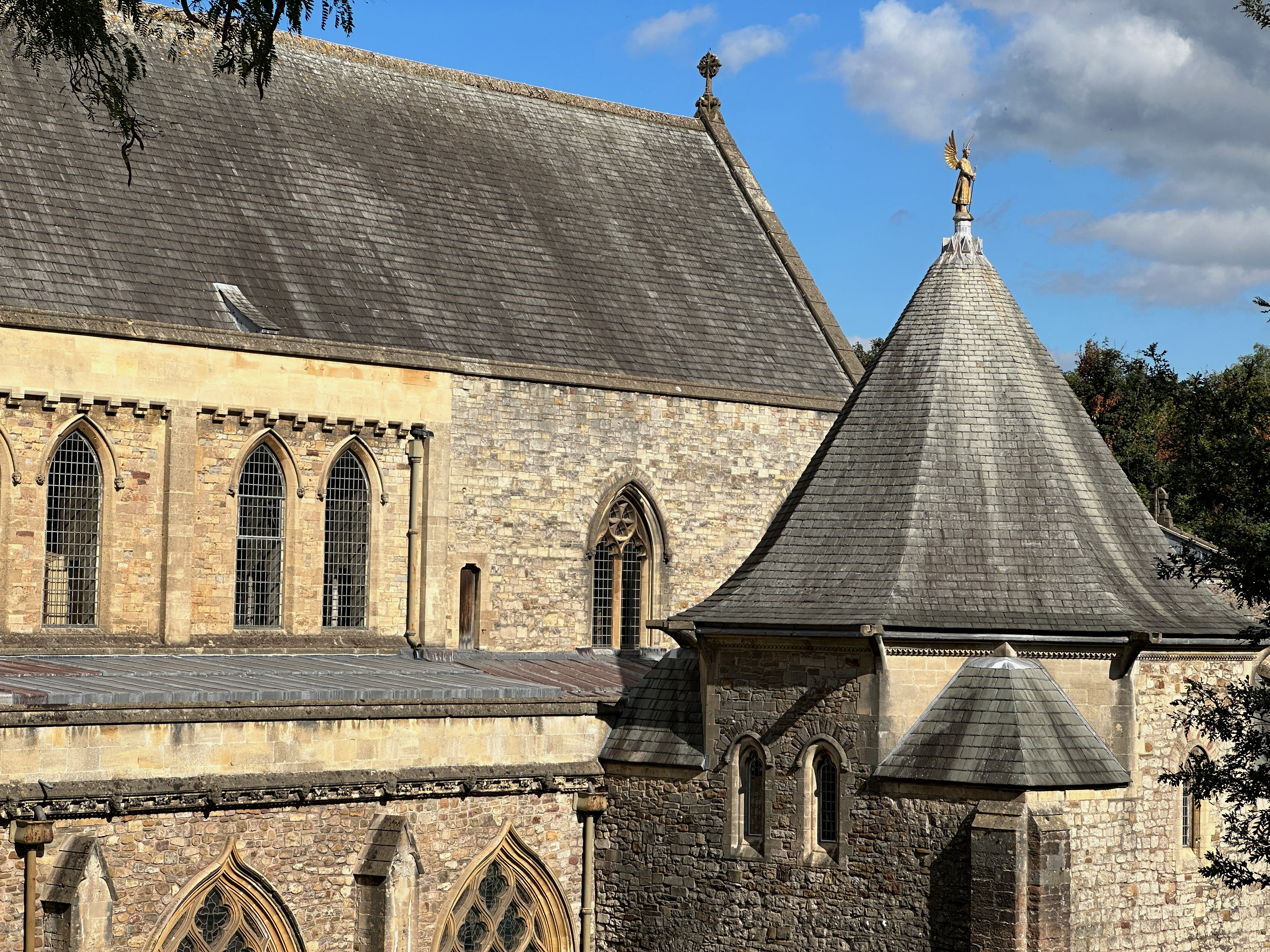
Overall, the iPhone 14 Pro is probably slightly better compared with the iPhone 13 Pro for general photographic usage, but if you already have an iPhone 13 Pro, it’s unlikely you’ll notice too much of a difference.
iPhone 14 Pro vs iPhone 13 Pro: low light
In low light, it’s easier to see the differences between the iPhone 14 Pro and iPhone 13 Pro a little more clearly, but they’re still relatively slight.
The iPhone 14 Pro has Apple’s Deep Fusion processing as well as the new “Photonic Engine” which are designed to help with low-light shooting. As a result, it seems that the images are ever so slightly better with the iPhone 14 Pro. You also get the advantage of the quad-pixel sensor using pixel binning to improve performance when using the 1x lens or the 2x setting (which essentially crops into the centre of the 1x sensor).
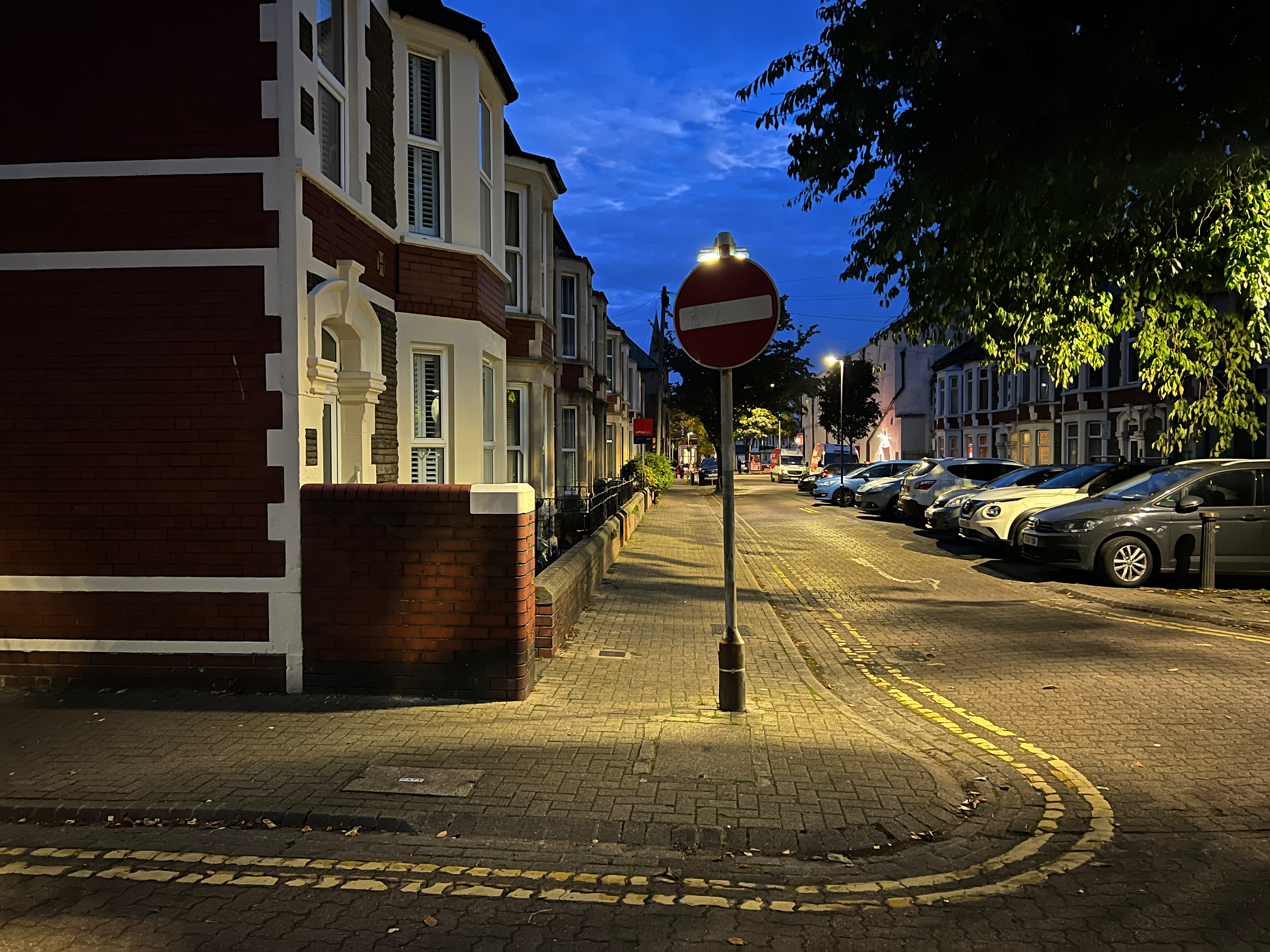
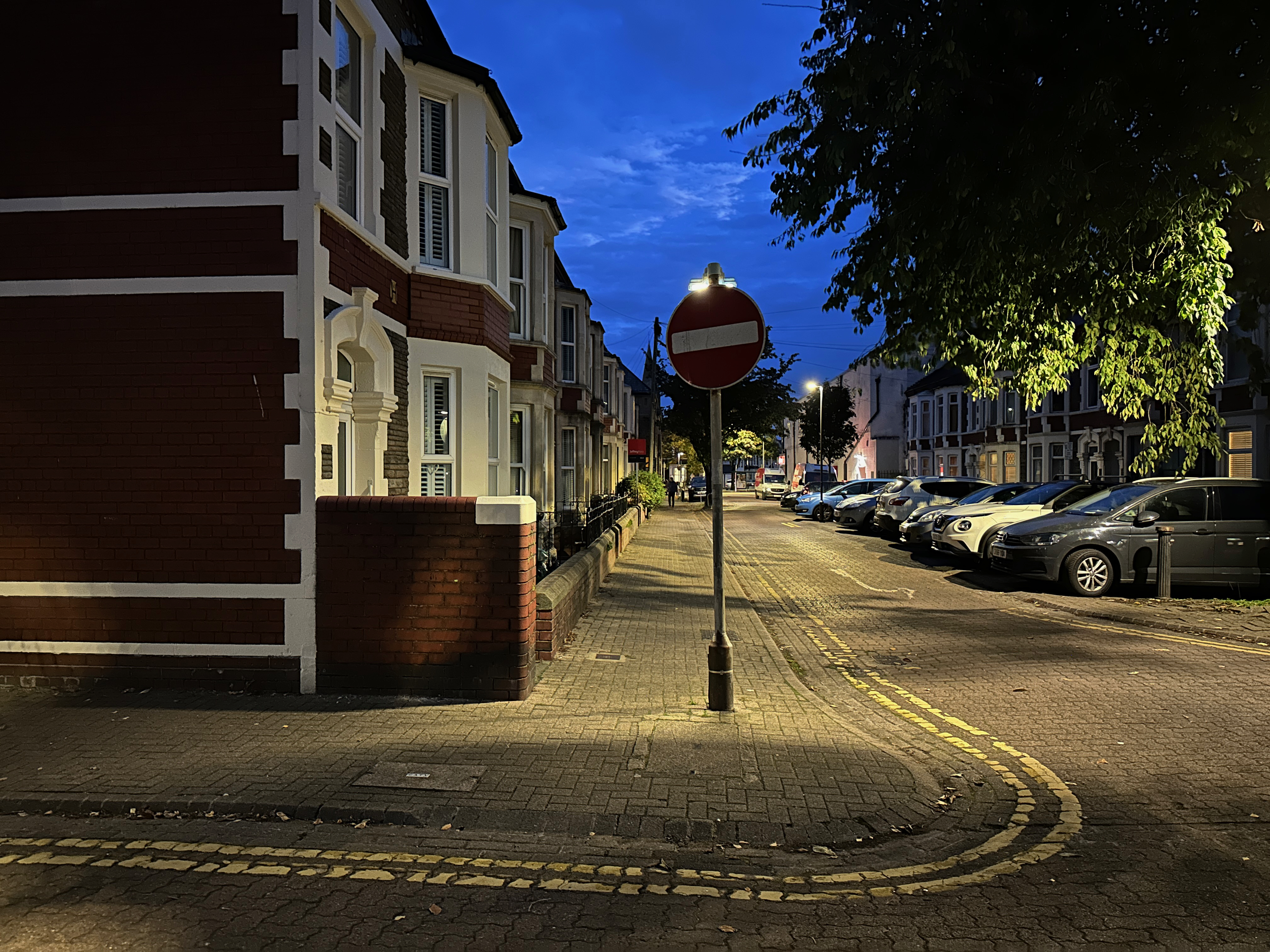
Despite having a slightly narrower aperture, the iPhone 14 Pro’s ultra-wide-angle lens still produces excellent night-time images, which do have a slightly better appearance – probably due to the better computational photography element.

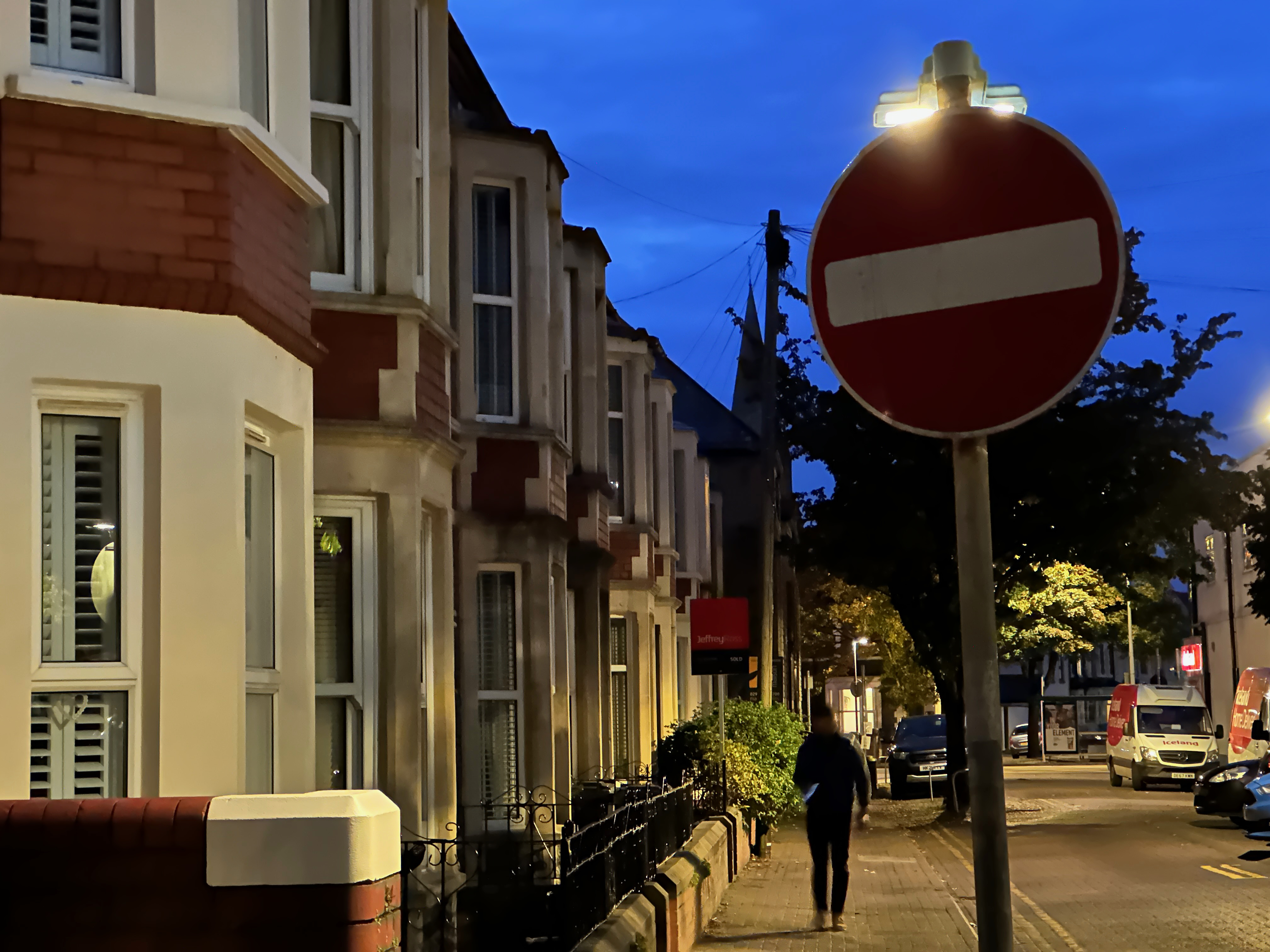
The shots from the 3x telephoto camera show the biggest difference, with the iPhone 14 Pro giving less noise. Overall again, it’s a slight improvement, but probably not enough of a one to make you immediately jump from the 13 Pro to the 14 Pro if you already have one.
iPhone 14 Pro vs iPhone 13 Pro: macro photography
Macro photography was introduced for the first time with the iPhone 13 Pro. It activates automatically if you get close to a subject, switching to the ultra-wide-angle lens to produce the images.
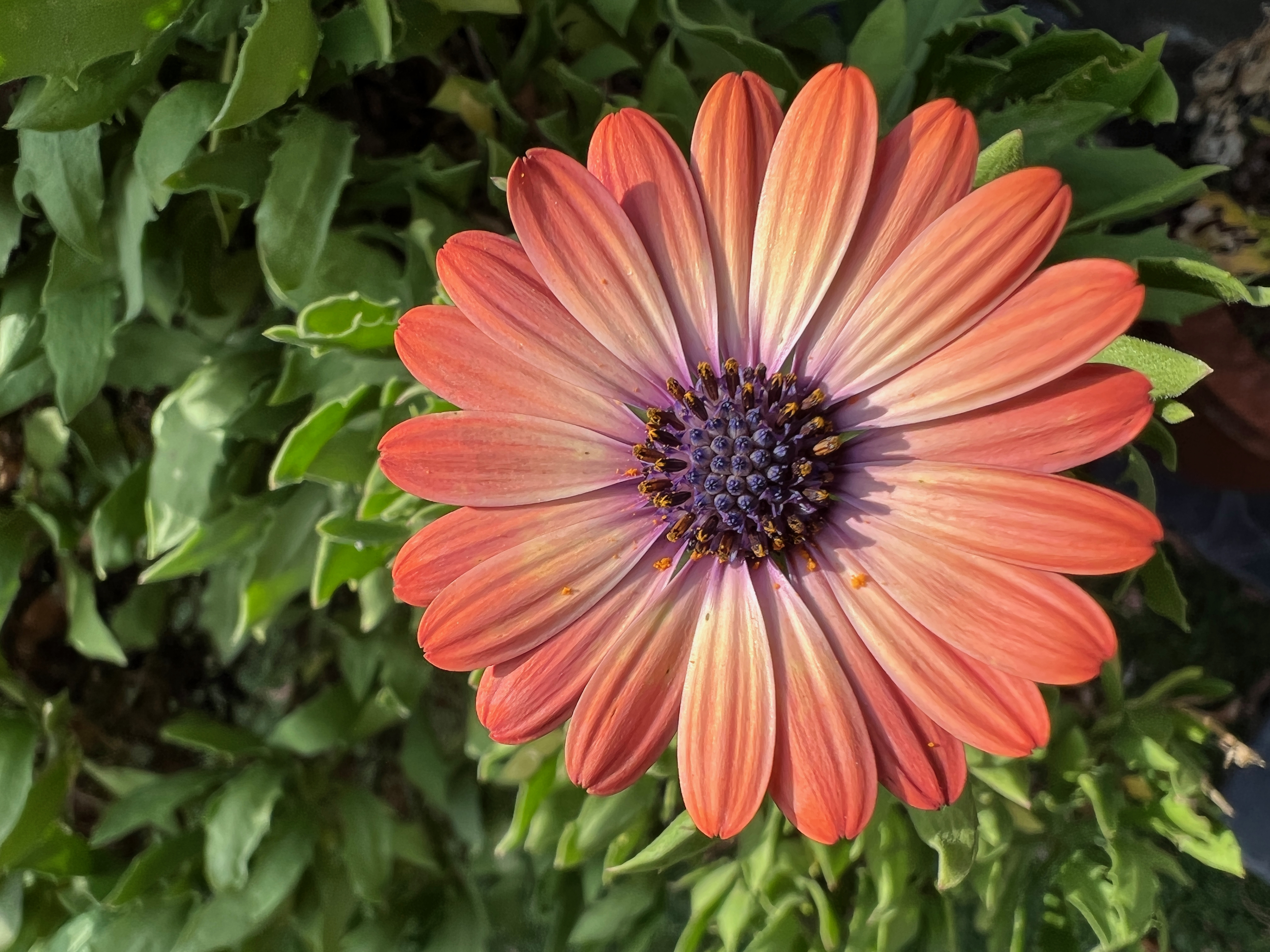
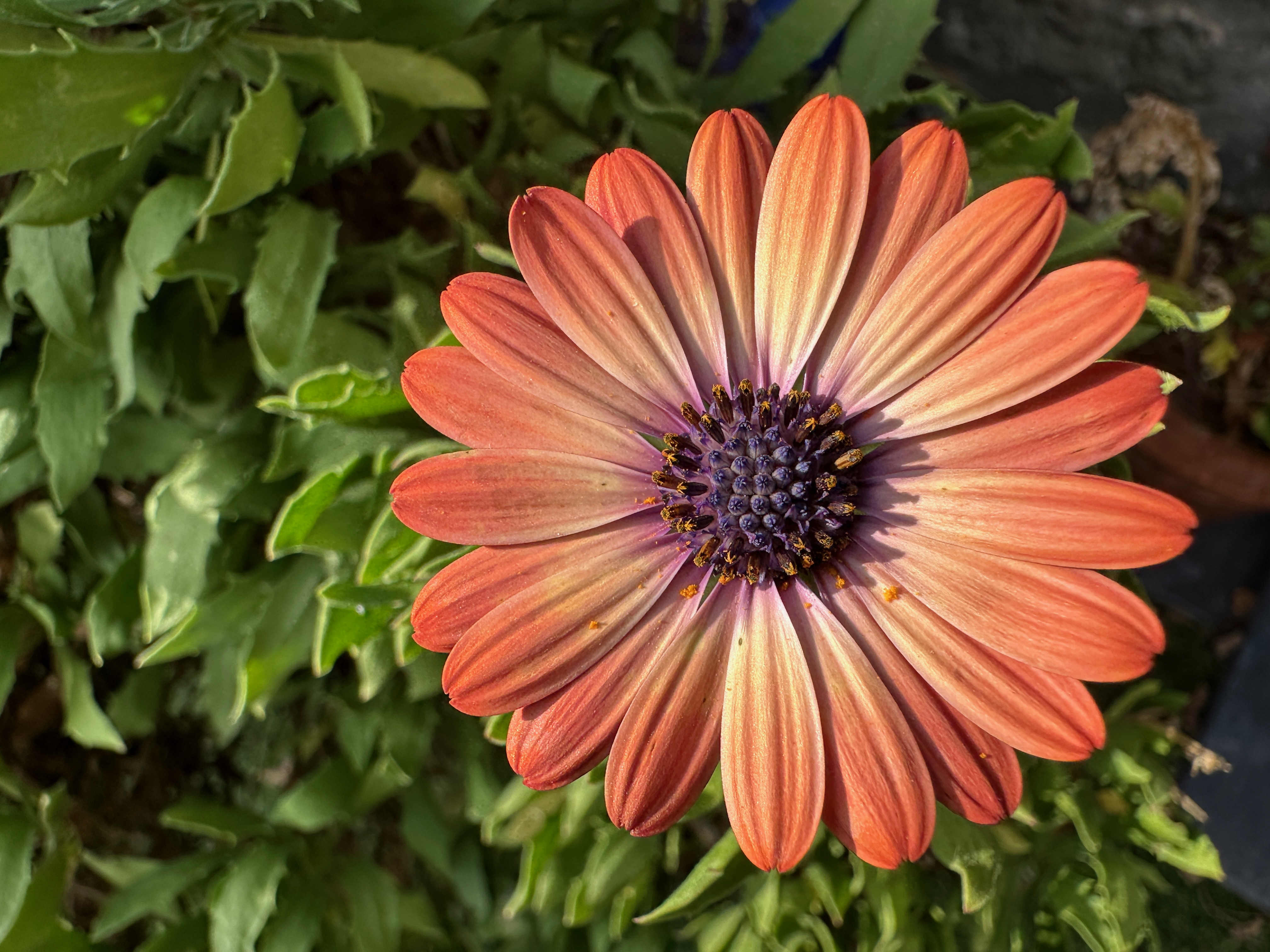
Both produce excellently detailed shots in this mode, and once again, it’s very difficult to spot a clear difference between the two, although the iPhone 14 Pro does give a warmer looking image image.
iPhone 14 Pro vs iPhone 13 Pro: portraits
Portrait mode has been available for iPhone models fo some time and produces a digitally created background defocus effect to make subjects stand out more clearly. Despite the name, it can be used for other subjects and in recent years, the algorithms have been upgraded to cope well with others, such as pets.


Both phones produce pleasing results, with natural looking bokeh in the background for shallow depth-of-field shots. This is especially the case when the subject is reasonably well defined. It works well for both people and other subjects.


The benefit of the iPhone 14 Pro is that the new “2x” option is available directly in Portrait mode, which means you can choose between a 1x, 2x or 3x point of view depending on how much of the background environment you want to display. With the iPhone 13 Pro, you only get 1x or 3x, so although the quality between the two is about equal, the 13 Pro is slightly less flexible.
iPhone 14 Pro vs iPhone 13 Pro: video
The video specifications of these two phones are very similar. Both offer 4K at up to 60fps in the normal video mode. There’s also “ProRes” video recording, which is designed to appeal to advanced video creators. This is available in 4K, but only if you have a 256GB or above model.
There is a slight change to the “Cinematic” mode, which allows recording of videos with a shallow depth of field effect. This is now available in 4K for the iPhone 14 Pro, while for the iPhone 13 Pro is only available in full HD recording .
Another new feature for the iPhone 14 Pro is “Action mode”, which promises to deliver better image stabilisation when recording movies in shaky situations. This is intended to take on the likes of the GoPro market and will be a big attraction to some people while irrelevant for others. In practice, it doesn’t make a huge amount of difference if the “action” it is compensating for isn’t particularly extreme, but it becomes more noticeable if you move the camera around a lot more, such as while jogging.
Otherwise, both have slow-mo video, both use Dolby Vision HDR and both offer video functions such as Time-lapse with stabilisation.
iPhone 14 Pro vs iPhone 13 Pro: screen and design
The iPhone 14 Pro’s design appear pretty much identical to the iPhone 13 Pro’s.
Both have a 6.1-inch Super Retina XDR display. The iPhone 14 Pro has an ever-so-slightly higher resolution at 2556×1179 pixels, compared to the 13 Pro’s 2532×1170 pixels. Both are 460ppi, and both offer refresh rates of up to 120Hz. The iPhone 14 Pro promises to be brighter in outdoor conditions but placing the two phones side by side doesn’t result in any obvious differences to the naked eye.

The physical dimensions of the phones aren’t exactly identical, but the differences are barely discernible at a glance. The iPhone 14 Pro measures in at 147.5 x 71.5 x 7.85mm and weighs 206g. The 13 Pro is fractionally shorter and thinner, measures 146.7 x 71.5 x 7.65mm, and weighs 203g. You’ll probably find any existing case you’ve got for the 13 Pro fits a 14 Pro.
A new feature for the iPhone 14 Pro is an “always-on” display, whereby the phone can display things such as the time and other widgets like weather even when the screen is “off”. There’s also a new “Dynamic Island” in place of the notch at the top of the screen, which transforms into different things depending on what you’re doing at the time.
If you’re keen on the bigger iPhone 14 Pro Max, the differences are again extremely minimal in terms of screen and design between it and the iPhone 13 Pro Max.
iPhone 14 Pro vs iPhone 13 Pro: battery life and storage
Apple famously keeps specs such as the physical battery size to itself, but we can see from the quoted battery life how the two compare. They appear to be almost identical, but with the iPhone 14 Pro promising 23 hours video playback, compared to 22 hours for the iPhone 13 Pro. In real-world usage, the difference appears to be completely unnoticeable.
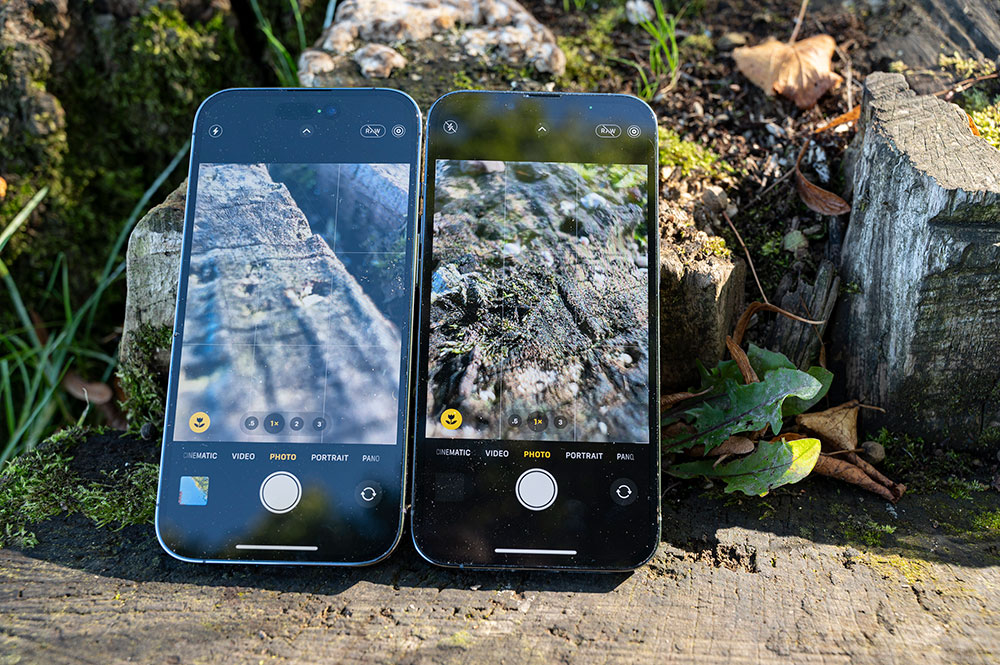
Both offer fast(ish) charging (with a separately sold 20W charger), and wireless charging.
Each has 128GB as the minimum capacity, with 256GB, 512GB and 1TB also available. You’ll need 256GB or higher if you want to use ProRes video recording at 4K.
iPhone 14 Pro vs iPhone 13 Pro: price
As soon as new Pro models become available, Apple removes the old ones for sale from its website – but that doesn’t mean you can’t get hold of them elsewhere, and to save even more cash, second-hand iPhone 13 Pros should be easy to get hold of now too. By shopping around amongst different retailers and used gear sites it’s possible to make huge savings, especially if you’re thinking of upgrading from something like an iPhone X, 11 or 12, and would still consider the 13 to be a big enough upgrade. You’ll also be doing your bit for the environment by not buying new.
iPhone 14 Pro vs iPhone 13 Pro: verdict
There is a lot to like about the new iPhone 14 Pro, but for photographers, the upgrade is pretty incremental and the differences in image quality between the two are subtle. The design, battery life and storage is almost identical between them as well.
The video features show more of a disparity, so the iPhone 14 Pro may appeal to those who shoot a lot of movies. This is especially true if you’re keen on the Action Mode or the 4K Cinematic Mode.

If you’re thinking of upgrading from an older iPhone, such as the iPhone X, iPhone 11 Pro or iPhone 12 Pro, then opting for the iPhone 13 Pro will still get you a good upgrade without the expense of the newest model. That’s especially true when you consider the great deals which can be picked up on the second-hand market.
Read our full iPhone 14 Pro review
Read our full iPhone 13 Pro review
Find more great phones in our latest phone reviews, and have a look at the best smartphones for photography!

